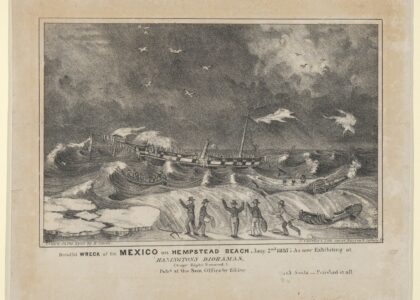As you approach the rugged shores of Lake Superior, you’ll find yourself near the historical site of the Anchor of the Madeira. This location is a poignant reminder of the perils faced by sailors on the Great Lakes over a century ago. The Madeira was a schooner barge, a type of vessel that combined the features of a barge with sails like a schooner, allowing it to be towed by steam-powered ships. Built in 1900 at the Chicago Yard of the Chicago Shipbuilding Company, the Madeira was constructed primarily of heavy steel plates with wood joinery, designed to maximize cargo capacity for transporting goods such as grain and iron ore across the Great Lakes.
The Madeira’s story is one of tragedy and heroism. On November 28, 1905, the Madeira was under tow by the steamer William Edenborn when it encountered one of the worst storms in Great Lakes history, known as the Mataafa Storm. With winds raging at 70 to 80 miles per hour, the Madeira was cut loose by the Edenborn’s captain, who feared for the safety of both vessels. The Madeira drifted helplessly until it crashed into the cliffs at Gold Rock, near the present site of the Split Rock Lighthouse.
In a remarkable act of bravery, crewman Fred Benson leapt from the ship onto the rocky shore, managing to secure a line and rescue eight other men. Tragically, the first mate was unable to escape and was lost with the ship. This disaster, which claimed multiple ships and lives, highlighted the need for better navigational aids on Lake Superior, leading to the construction of the Split Rock Lighthouse in 1910.
Today, the remains of the Madeira lie scattered beneath the waves, providing a haunting underwater site for divers and a reminder of the lake’s unforgiving nature. The story of the Madeira is not just about a shipwreck; it’s a testament to the courage and resilience of those who braved the Great Lakes’ treacherous waters.




